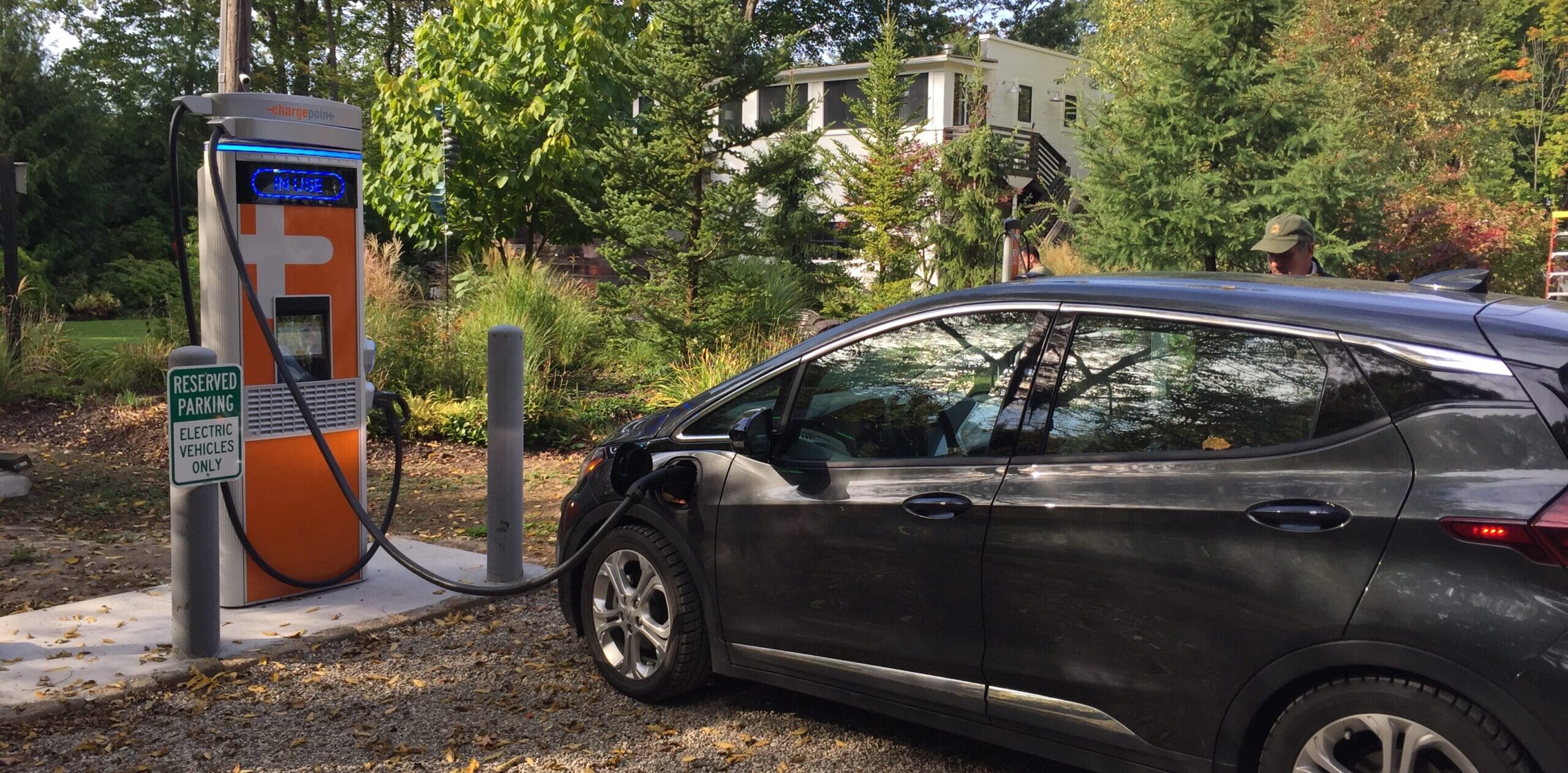The Colorado Governor’s Energy Office recently highlighted progress the state is making towards its goal of replacing all light-duty vehicles with non-polluting or zero-emission vehicles by 2050, without resorting to any bans on ICEs. The state’s progress is being monitored by a third party, Atlas Policy, which obtains some funding from the Governor’s Energy Office. Atlas Policy has a delightful web site: https:\\atlaspolicy.com/evaluateCO, which is well worth a look. The following data come from that site, accessed 14 Dec 2022.
Colorado has more public chargers than you might expect:
- 726 high-speed chargers (Level III)
- 3777 Level II ports
Those Level III chargers in our area are in: Montrose, Cimarron, Ouray, Lake City, Creede, Telluride, Del Norte, Pagosa Springs, Wolf Creek Ski Area, Purgatory Ski Area, Durango Transit Center, and Durango Outdoor Exchange.
Colorado has many more BEVs (all-electric) than Plug-in Hybrid EVs (PHEV) on the road. Together these constitute 7.3% of new registrations of light-duty vehicles:
- 48,6660 BEVs
- 19,992 PHEVs
Here are the top models on the road in Colorado (all except those labeled PHEV are BEVs):
- Tesla Model 3 12,251
- Tesla Model Y 9,957
- Nissan Leaf 7,386
- Tesla Model S 3,845
- Chevy Volt 3,091
- Tesla Model X 2,519
- Jeep Wrangler 4xe PHEV 1,800
- Chevy Bolt 1,768
- BMW x5 PHEV 1,723
- Ford Mach E 1,573


Very interesting to see the breakdown of EVs by manuf/model. I would have assumed there were more Chevy Bolts and was surprised to see the Tesla dominance.
The evaluateco website also lists the trend in active registrations, and all of the Tesla models are downward trending: the first six most popular models (3, Y, Leaf, S, Volt, and X) have trends of -0.85%, -1.09%, -0.74%, -0.85%, -0.35%, and -0.51%. I was surprised to see that the top selling Model 3 is disappearing from roadways faster than the long-discontinued Volt, for example. As new models appear, declining market share for old models is to be expected. One wonders why Elon is holding back the Cybertruck? Why allow Rivian and Ford to be the first movers on the country’s most popular vehicle type?